If you do a Google search on “the Bible,” you will get nearly two billion (not million, billion) results. For the sake of comparison, a search on “Shakespeare” will give you half a billion results, as will a search on “Harry Potter."
The Bible is history’s bestselling book and is the most read, studied and taught book ever. There is simply no comparison to the book; nothing even comes close.
Clearly, there is some value in reading the Bible, but it’s also a large book, imposing for non-readers, and so the challenge is: How do I read the Bible?
The answer depends on what you’re trying to find out and, so, perhaps the first question is: Why do you want to read the Bible?
For the vast majority of people, the interest is in finding out about Jesus. Who was He? What did He say? What did He do? Why is He important? Why did He die on a cross? Did He really come back to life? What was He like?
Starting Point
To get to the heart of this, you don’t want to start at Genesis, the first book of the Bible. (In case you don’t already know, the Bible contains 66 different books, 39 of which are in the Old Testament with the other 27 in the New Testament.)
You want to start at a series of books called the Gospels.
“Gospel” comes from an old word meaning “good news.”
In the Bible, there are four books named after their authors: Matthew, Mark, Luke and John. These books are each someone’s version of the life of Jesus; they tell the gospel/good news of Jesus and His life and ministry.
We’re fortunate to have not just one person’s take on the life of Jesus but different views that give us a fuller, more complete picture of His life.
The books (Gospels) are quite short and easy to read. The shortest one is the Book of Mark at just 16 chapters and about 100 pages long. If I’m with someone who says they want to read about Jesus in the shortest possible time, I give them a copy of Mark’s Gospel. If, as I’ve suggested, you want the full picture, read all four Gospel accounts of the life of Jesus.
All About Jesus
So, if that’s the important stuff—learning about Jesus—what’s the rest of the Bible about?
Well, to really confuse you, it’s also about Jesus.
Let me explain that. The key figure in world history is Jesus, and He lived on earth for about 30 years. Reading the Gospels will tell you what He said and did while He was alive. However, for such an important figure, He’s more fully understood if we know the context for why He was important and what the impact of His life was.
The Old Testament—the first part of the Bible—tells the story of the Israelite people (Jesus, you might know, was a Jew from ancient Israel) and their relationship with God. As you read their history, you come to an understanding of why we needed a saviour, someone just like Jesus.
After the Gospels, the rest of the New Testament expands on Jesus’ teaching and tells us what happened in the following years. We read about the birth and growth of the religion named after Christ—Christianity—and we see the impact Jesus had on the world, an impact that continues to reverberate even today.
So, if your “why” is you want to learn about Jesus, your “where” is to start at the Gospels. To get the bigger picture, you can read the rest later. And please do so.
It’s great reading!
Reprinted from Salvos Magazine (Australia), April 13, 2024 (salvosonline.org.au/salvos-magazine)
Major Mal Davies is a Salvation Army pastor and writer living in Australia.
Photo: manusapon/stock.Adobe.com
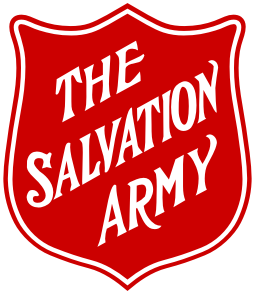
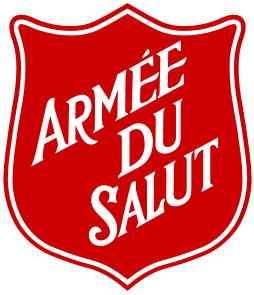



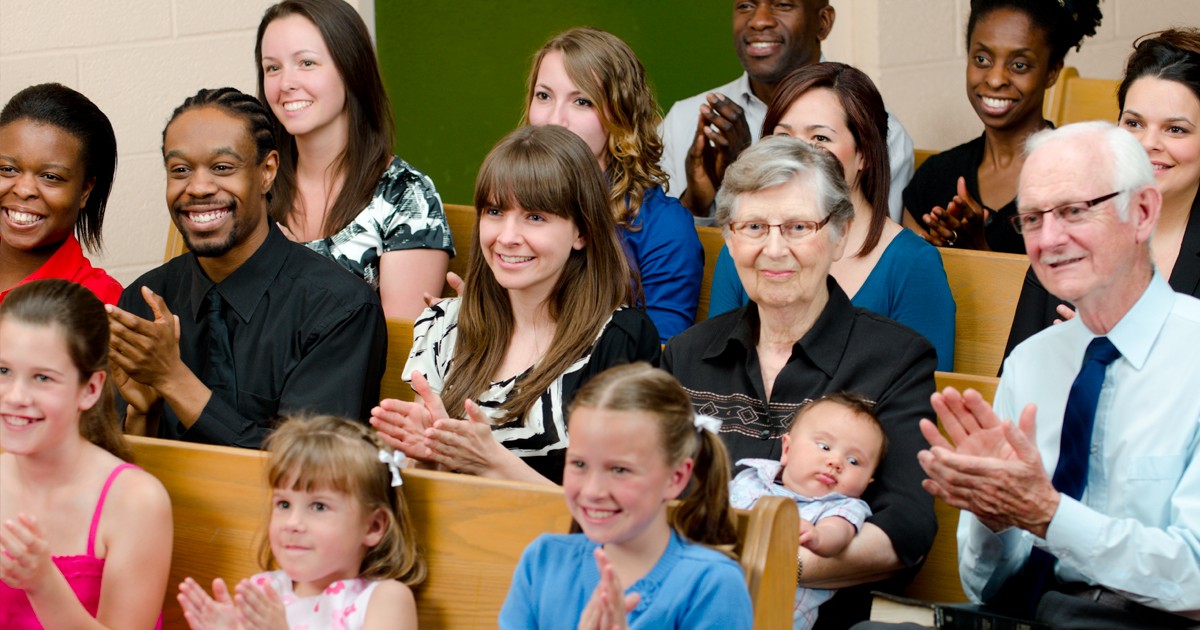
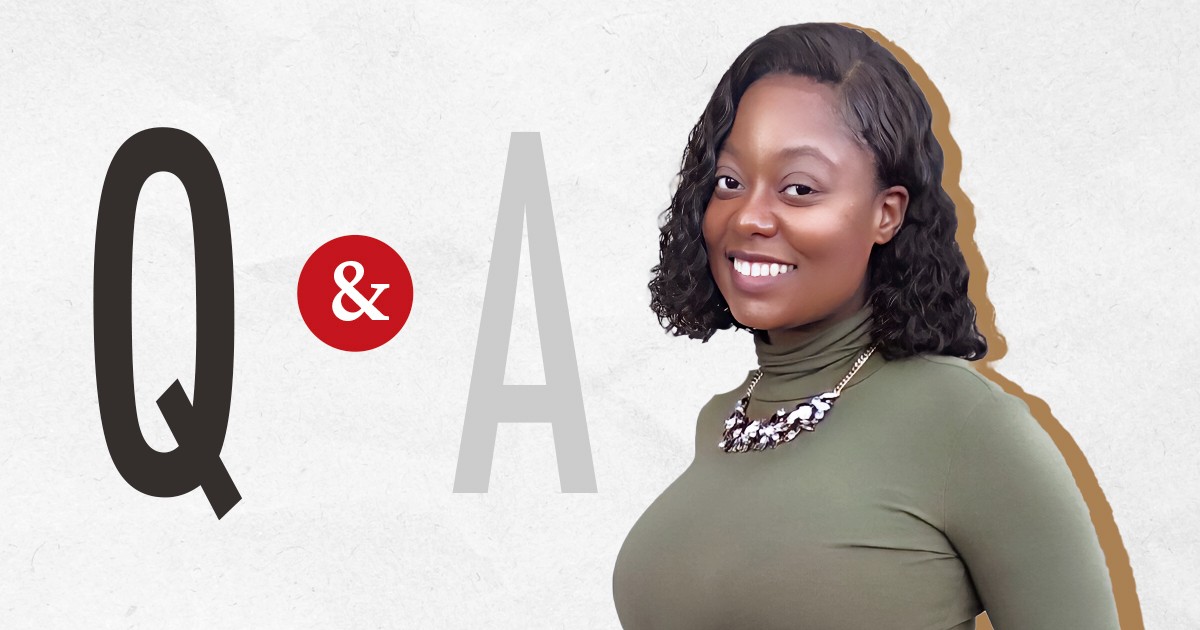
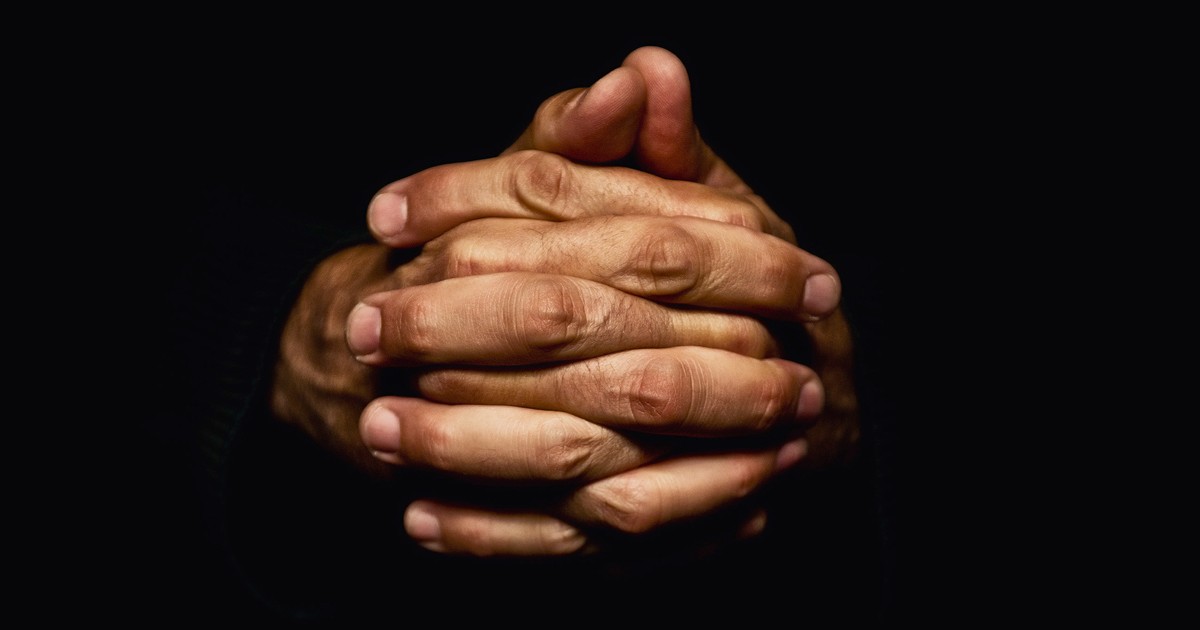


Love to watch the service live stream